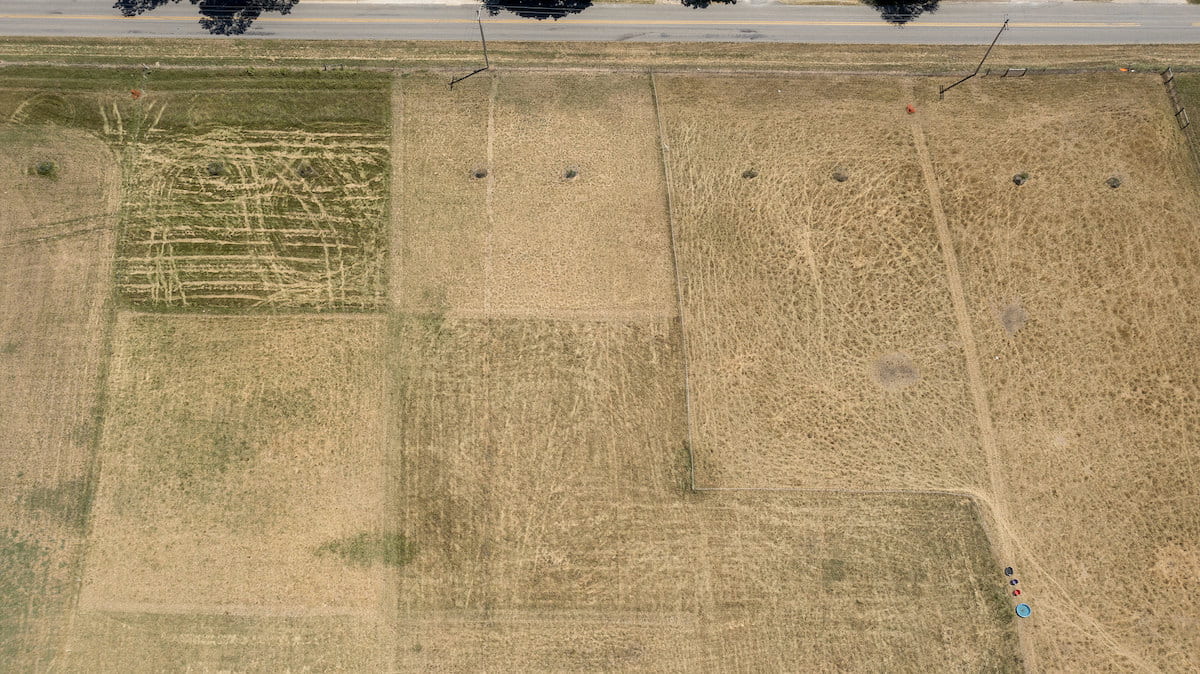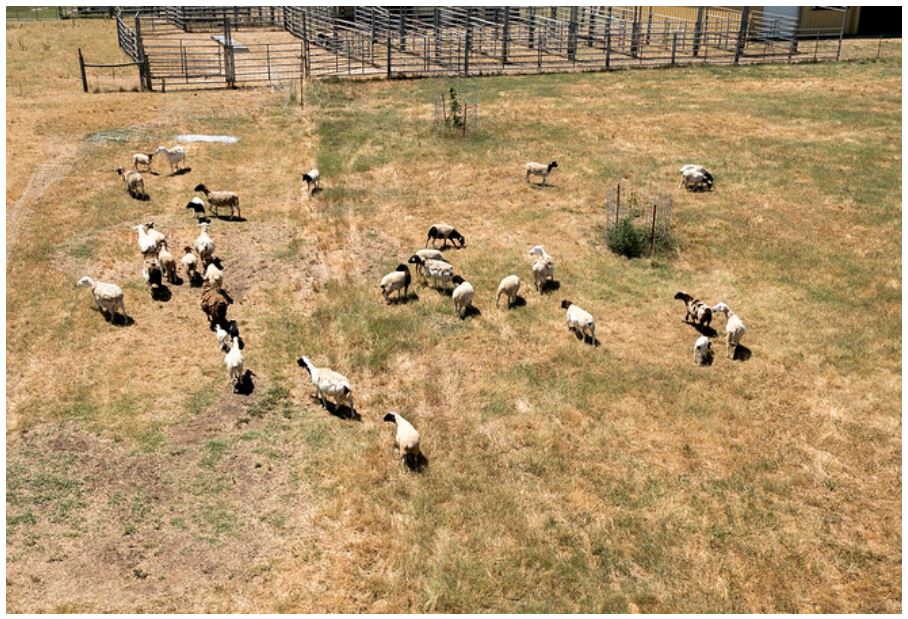



Soil for Water project looks at effects of overgrazing
Making the most of a pasture, especially when threatened with drought conditions, calls for careful management.
A new study by the Arkansas Agricultural Experiment Station, the research arm of the University of Arkansas System Division of Agriculture, in cooperation with the National Center for Appropriate Technology, is measuring the impact overgrazing can have on pastures.
Arkansas is one of two locations besides Mississippi State University running experiments led by the national organization to promote sustainable grazing. The U.S. Department of Agriculture Sustainable Agriculture Research and Education program supports the study dubbed the Soil for Water Project.
“The core of the project is to promote sustainable grazing practices to keep, and possibly enhance, soil health and retain soil moisture by maintaining grass cover and avoid overgrazing under normal circumstances,” said Dirk Philipp, associate professor of animal science with the Division of Agriculture.
Philipp and the animal science department initiated an experiment examining sheep grazing duration on water retention in soil. The study began in May and will be conducted over three grazing seasons.
About 60 sheep are stocked periodically in one-third of an acre of novel endophyte tall fescue, also known as “Friendly E+ tall fescue.” Contained by movable electric fencing, the sheep are allowed to graze about 50 percent of the grass in some paddocks and more intensively to about 85 percent or more of the grass in other paddocks. An adjoining paddock is not grazed to serve as a control.
Researchers will collect soil samples before each grazing cycle and measure biomass before and after grazing. The soil samples are primarily analyzed to evaluate how much grazing duration and biomass reduction can influence soil moisture. The electrical conductivity of the soil is also being measured to obtain more information related to soil moisture content.
“Under normal circumstances, the lower the canopy, the more soil is exposed, and in turn, soil temperatures go up, and so are evaporation rates,” Philipp said. “Pastures in Arkansas very often appear to be kept very short year-round. If droughts occur more often in the future, then long-term adjustments to the current pasture management have to be made.”
The grass leaves provide power to the plant, Philipp said. Grasses mainly regrow from photosynthesis in leaves, so the more leaf area, the quicker the plant recovers, he explained.
“Just visibly, the fully grazed plots are much drier on the surface than the 50 percent plots and the non-grazed ones,” Philipp said.
The land used in the study is not irrigated, and by mid-July had not received rain for several weeks. Plots conservatively grazed had grass tall enough to help keep the wind from drying out the ground, unlike the overgrazed plot.
“If you have a taller canopy, then you slow down the wind, and wind is one of the factors that drives evapotranspiration,” Philipp said. “Wind speed, relative humidity, temperature, and solar radiation combined drive water from the surface.”
Without a canopy, Philipp said, wind faces less resistance and adds an enormous amount of energy into the soil surface microclimate. “Air movement and exposure to the sun basically sucks the water out of the soil,” he said.
Plants, including forages such as tall fescue, transpire most of the water being taken up from the soil, in large part to cool their leaves to an optimum range of temperature for proper function. If the grass comes under stress from a lack of moisture, it shuts down and goes into dormancy. On paddocks with exposed areas, soil temperatures can easily reach 90 degrees or more compared to about 70 degrees on areas with grass canopies.



